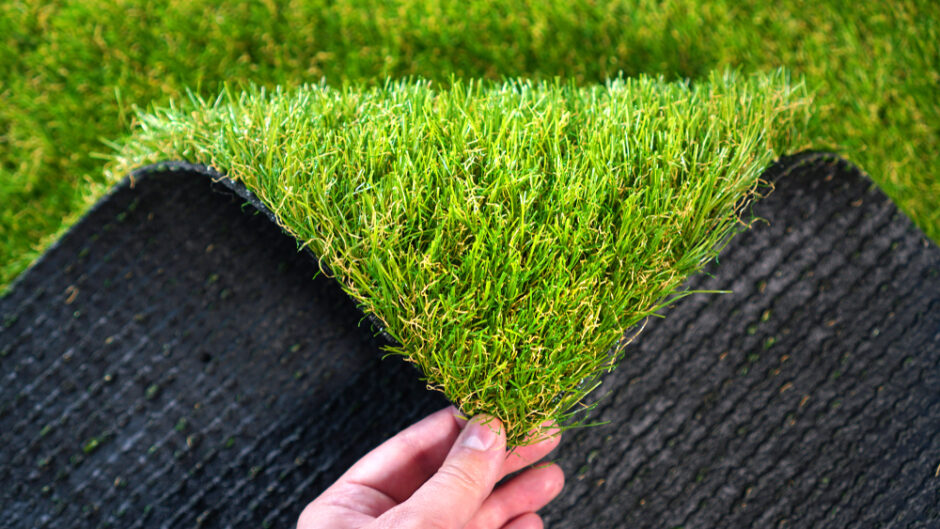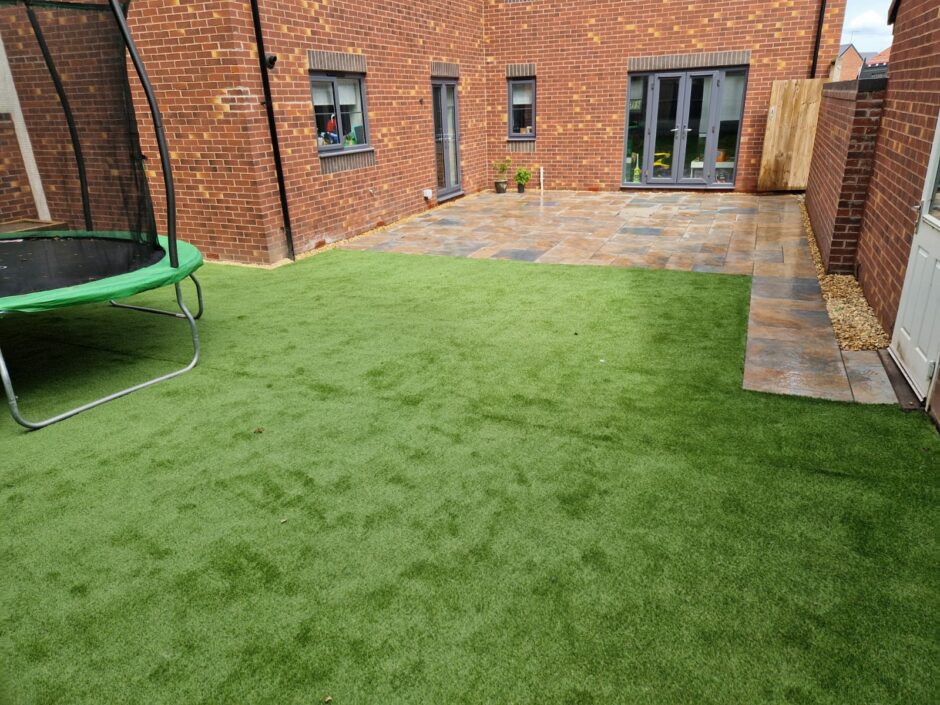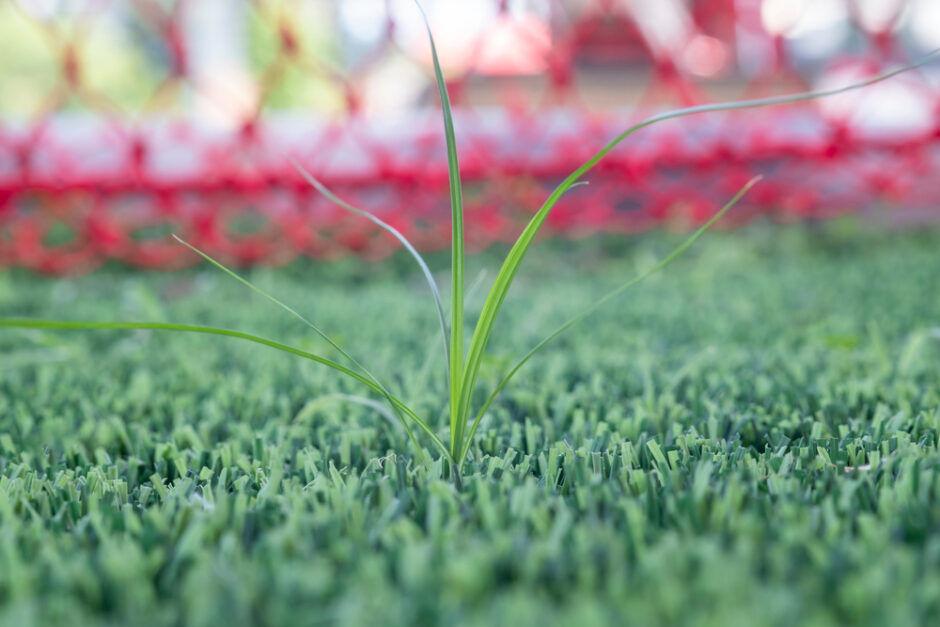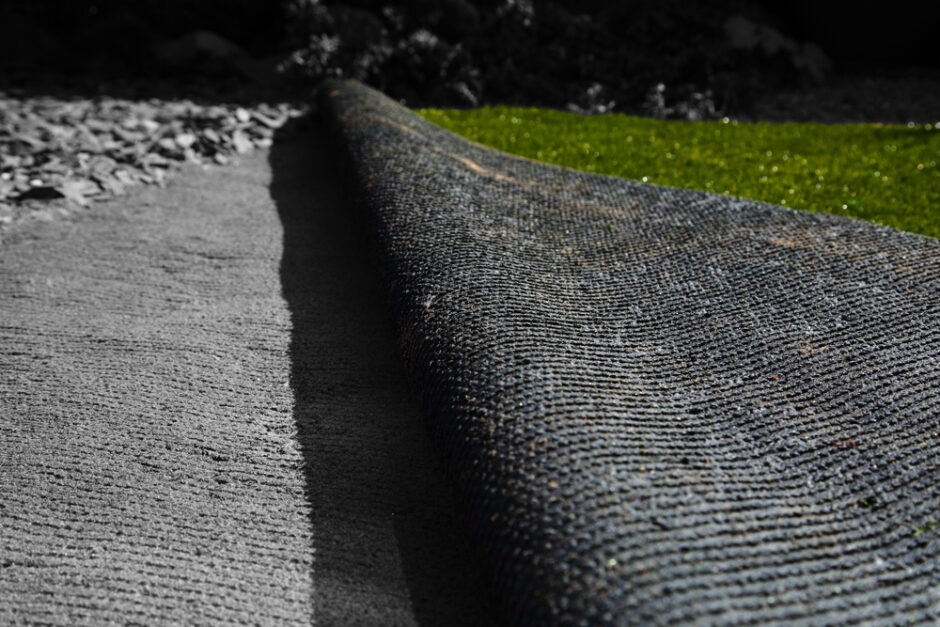
Artificial Turf
Artificial turf can sometimes offer a solution when it proves difficult to either establish or maintain living turf.
This can be for a variety of reasons – some because grass simply cannot thrive in a particular situation, or maybe because you simply don’t have the time or interest to look after it.

There are many different styles of turf available, from close weaves ideal for practice putting greens etc., right through to 40mm long grasses. By and large they need to be installed on a compacted base, fixed at the edges, and weighted with silver sand. So it is as well to be aware that it is not simply a case of laying it on the ground and you have an artificial lawn.
But also be aware that having artificial turf does not mean that it is maintenance -free. It is not. It will require brushing, disinfecting if you have pets, and in some situations, weeding because weed seeds will still germinate in the sand.

There is however a significant difference from a costings point of view when comparing the necessary preparation for each highly different choice.
Where natural turf is concerned, and not even thinking about the choice of turf that you are looking for, the soil which you’ll lay your turf on has to be cultivated. Any perennial weeds like Dock or Nettle roots need to be removed, ‘foreign bodies’ like bricks, milk churns etc. removed, maybe more soil brought in and levels altered as necessary. All to leave you with an even, mowable surface upon which to lay your turf.
Where ‘artificial turf ‘ is concerned you are going to need a fixed edge on all sides to which the ‘turf’ can be attached. If you intend to surround an ‘Island’ flower bed with this turf, the edging will need to surround that border as well as all of the ‘outside’ edges. Preparation is that of removing loose soil, introducing a depth of hardcore such as MOT which is then compacted to form even levels. A weed membrane goes over the hardcore base to help prevent the invasion of perennial weeds from below (we’ve all seen Thistles growing up through tarmac !). The ‘artificial turf ‘ sits on top of that, and is fixed to all of the edges making sure that it is held taught with no loose ripples. Then finally a substantial top dressing of kiln dried silver sand is spread evenly over the ‘turf’ and the sward is brushed to encourage the ‘grass blades’ to stand up.
So the choice is yours to make. Both require a substantial effort in both establishing your favoured choice, and upon maintaining it.

